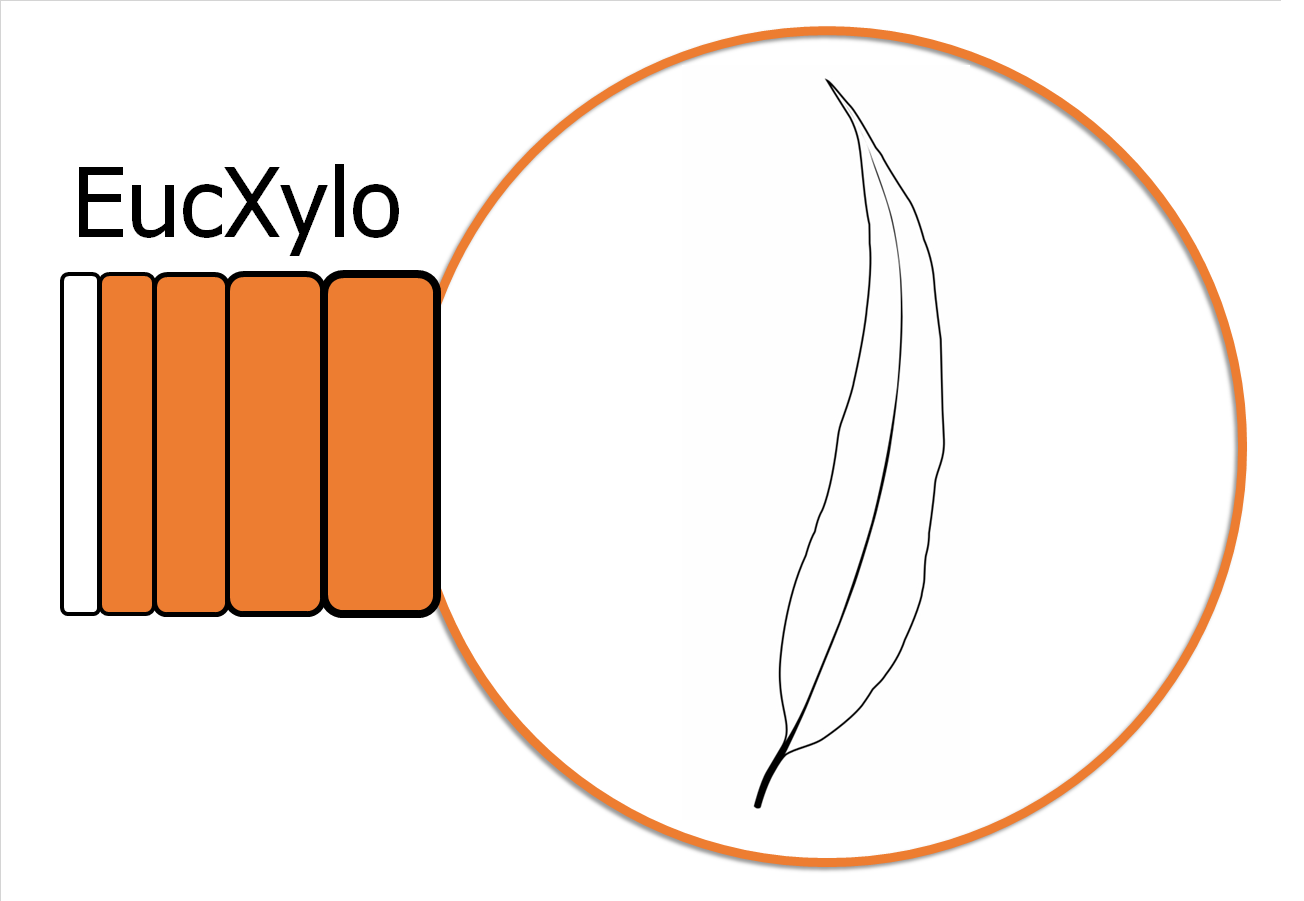
The Hans Merensky Chair in Advanced Modelling of Eucalypt Wood Formation
Understanding xylogenesis in the world's most widely planted hardwood species
New paper in Current Forestry Reports
Prof Drew was the lead author of a new review entitled “A Review of Progress and Applications in Wood Quality Modelling” in Current Forestry Reports, a leading journal with an impact factor of 10.975 (2021).
In addition to Dave Drew, the authorship team consisted of Dr. Geoff Downes (Australia), Dr. Thomas Seifert (Germany), Dr. Annemarie Eckes-Shepard (UK/Sweden), and Dr. Alexis Achim (Canada).
The review considers models that predict wood quality in standing trees. Although other research is mentioned where applicable, the focus is on research done within the last 20 years. We propose a simple classification of WQ models, first into two broad groupings: fully empirical and process-based. Comprehensive, although not exhaustive, summaries of a wide range of published models in both categories are given. The question of scale is addressed with relevance to the range of possibilities which these different types of models present. We distinguish between empirical models which predict stand or tree-level wood quality and those which predict within-tree wood quality variability. In this latter group are branching models (variation up the stem) and models predicting pith-to-bark clear-wood wood property variability. In the case of process-based models, simulation of within-tree variability, and specifically, how that variability arose over time, is always necessary. We discuss how wood quality models are, or should increasingly be, part of decision support systems that aid forest managers and give some perspectives on ways to increase model impact for forest management for wood quality.